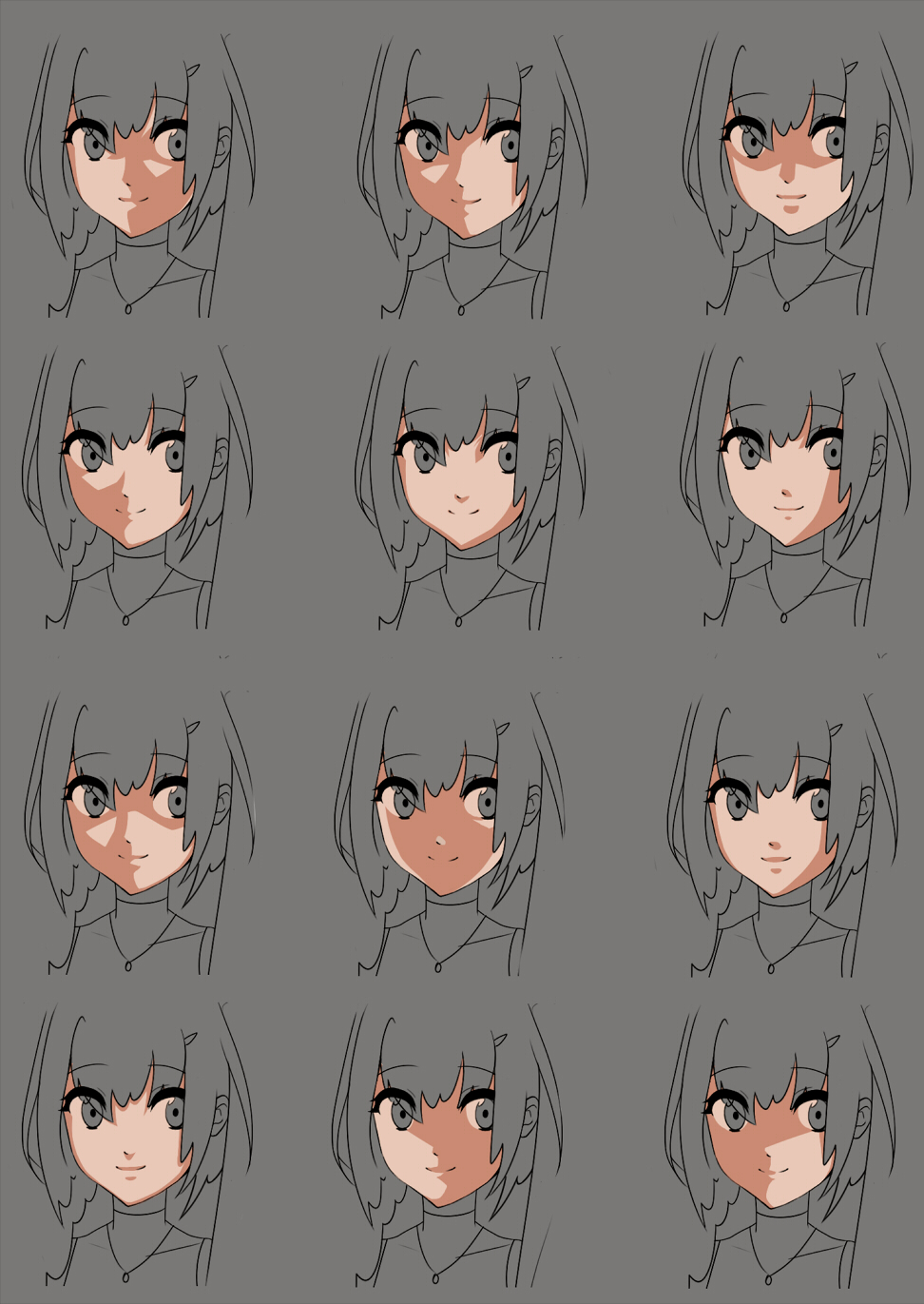Manga Shading Techniques
If you're a manga artist, then you already know the importance of smooth shading. You may have spent hours trying to perfect the technique, but still feel like you're not getting it quite right. In this article, we'll show you how to achieve professional-looking shading for your manga drawings.
As a manga artist, you probably understand the struggle of mastering shading techniques. It can be challenging to create the right balance of light and shadow, especially if you're still learning the ropes. Without proper shading techniques, your drawings will appear flat and lifeless.
Mastering manga shading techniques is critical to achieve a professional-looking drawing. It's essential to understand the basics of shading, such as the way light falls on an object and how shadows are formed. Shading adds depth and dimension to your drawings, making them look more realistic and professional.
In this article, we'll cover some essential manga shading techniques to take your artwork to the next level. First, we'll summarize the main points related to the topic.
Manga Shading Techniques: Light and Shadow
When shading a drawing, one must understand how light behaves on a surface. Light hit an object and casts a shadow depending on the direction it comes from. To create a sense of depth in a drawing, you need to add light and shadow.
Personally, to achieve professional-looking shading in my manga, I like to begin by sketching the drawing's light source. Then I add shadows to areas that should be darker and gradually blend the shading until it looks smooth and natural. I also prefer to use cross-hatching techniques to create depth and dimension in my illustrations.
Manga Shading Techniques: Cross-hatching
Cross-hatching is a shading technique that involves creating a series of parallel lines and then crossing them with another set of parallel lines in another direction to create depth and texture. This technique is prevalent in manga drawings and is used to add shadows and intensity to the illustrations.
In my experience, cross-hatching is an effective technique that adds depth to my manga drawings. I often use this technique to create contrast between light and shadow.
Manga Shading Techniques: Hatching and Stippling
Hatching and stippling are other shading techniques used in manga drawings. Hatching involves creating a series of parallel strokes to create shading in a drawing. In contrast, stippling involves drawing dots close together to create tones.
I've found that hatching is effective when I want to shade large areas, while stippling is useful for adding texture to a drawing.
Manga Shading Techniques: Blending
Blending is the process of smoothing out rough shading lines and creating a natural transition between light and shadow. It's an essential technique in manga drawing because overly harsh lines can make the drawing look unrealistic.
Personally, I like to use blending tools like tortillons, blending stumps, or even tissue paper to achieve smooth shading in my art. It's essential to blend gently, allowing the texture of the paper to show through and creating a natural-looking transition.
Q&A Section
1. What is the best technique for shading manga drawings?
There is no one-size-fits-all answer to this question since everyone has their preferences. However, cross-hatching and blending are popular techniques used by many manga artists today.
2. How do I choose the right shading technique for my manga drawings?
Choosing the right shading technique depends on the style and look you're trying to achieve. Try different techniques and experiment until you find the one that works best for your drawing style.
3. How do I make my manga shading look more natural?
Blending is an effective technique in achieving natural-looking shading in manga drawings. However, be careful not to overwork the blending to maintain the texture of the paper.
4. How can I achieve sharp lines in my manga shading?
Using hatching and stippling can help you achieve sharp lines in your shading. Ensure that your lines are uniform and consistent in thickness to create a clean and crisp look.
Conclusion
Manga shading techniques are essential skills that every manga artist needs to master. By understanding the basics of light and shadow, using cross-hatching, blending, hatching, and stippling, you can achieve smooth and professional-looking manga drawings. Don't be afraid to experiment with different techniques to find the one that works best for your artistic style.
Gallery
Anime Face Shading Practice By Momodesuuu On DeviantArt

Photo Credit by: bing.com / anime face shading practice
How To Face Shadow (อ้างอิงจาก Https:... | Shadow Drawing, Shading

Photo Credit by: bing.com /
Pin On Drawing

Photo Credit by: bing.com / shading furry texture
Face Shading | Anime Tutorial, Digital Art Anime, Drawing Reference

Photo Credit by: bing.com / shading anime face drawing digital drawings tutorial faces reference tutorials deviantart painting cool
Basic Manga Shading Techniques | Manga Drawing Tutorial - YouTube

Photo Credit by: bing.com / shading